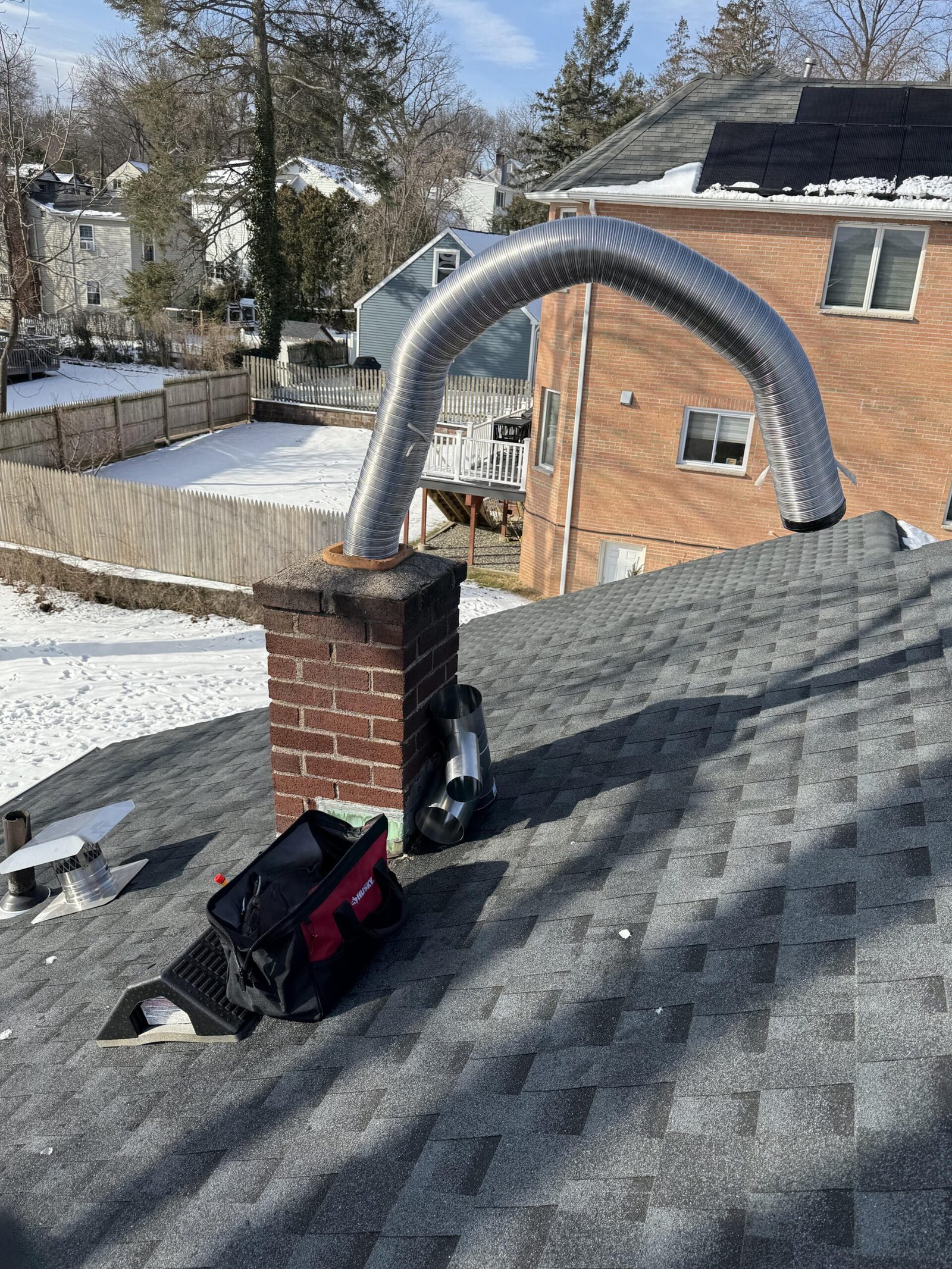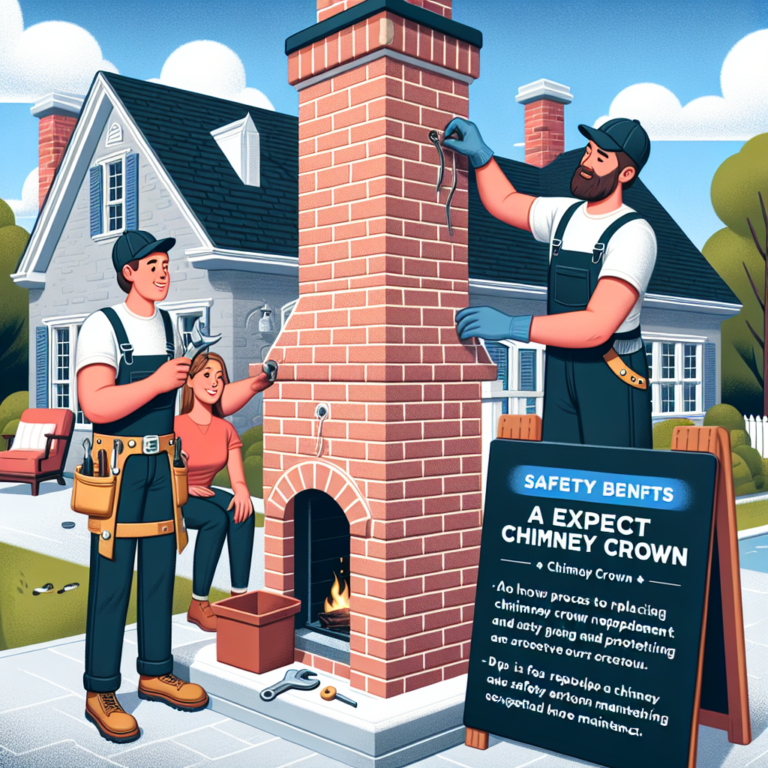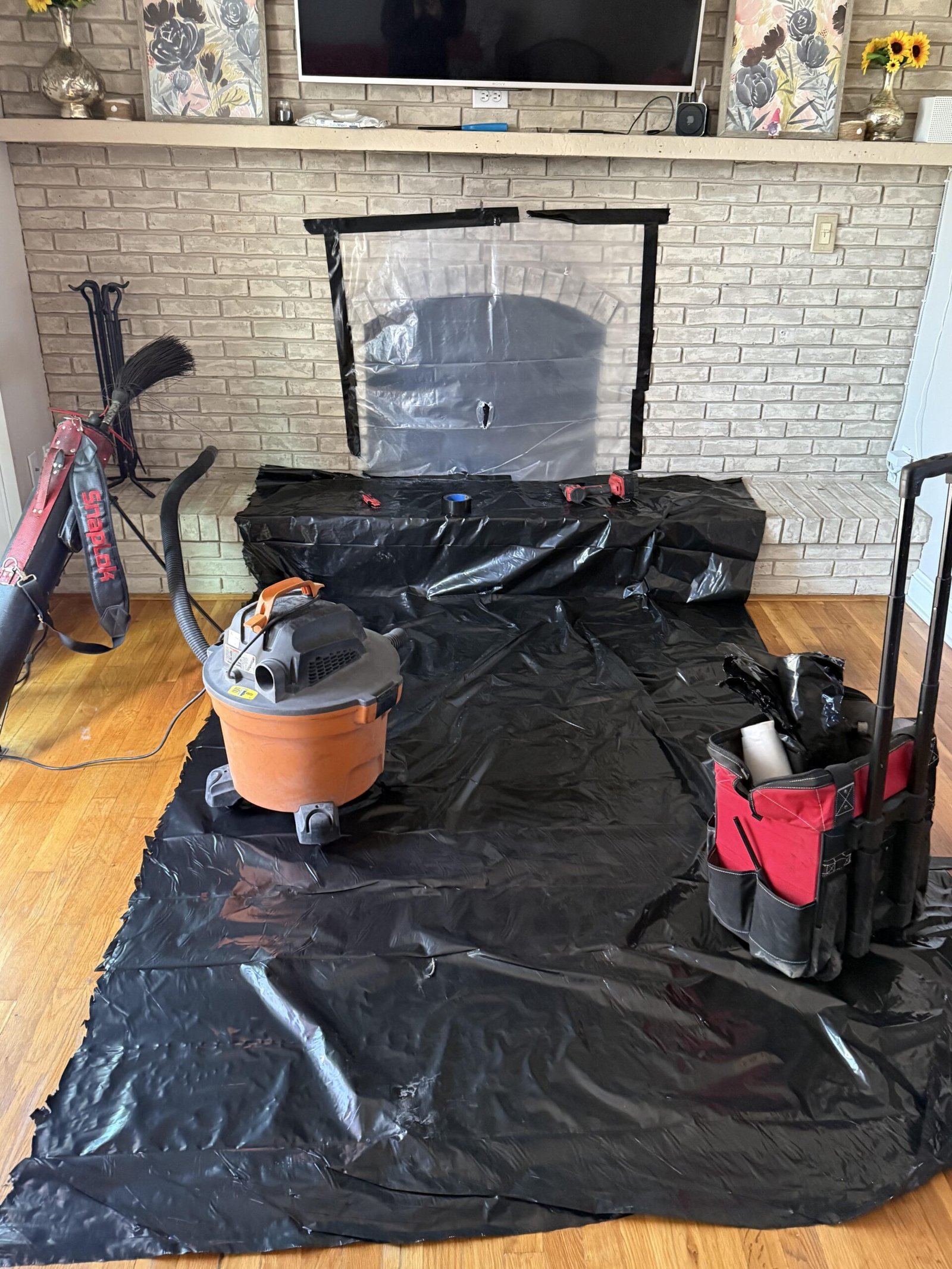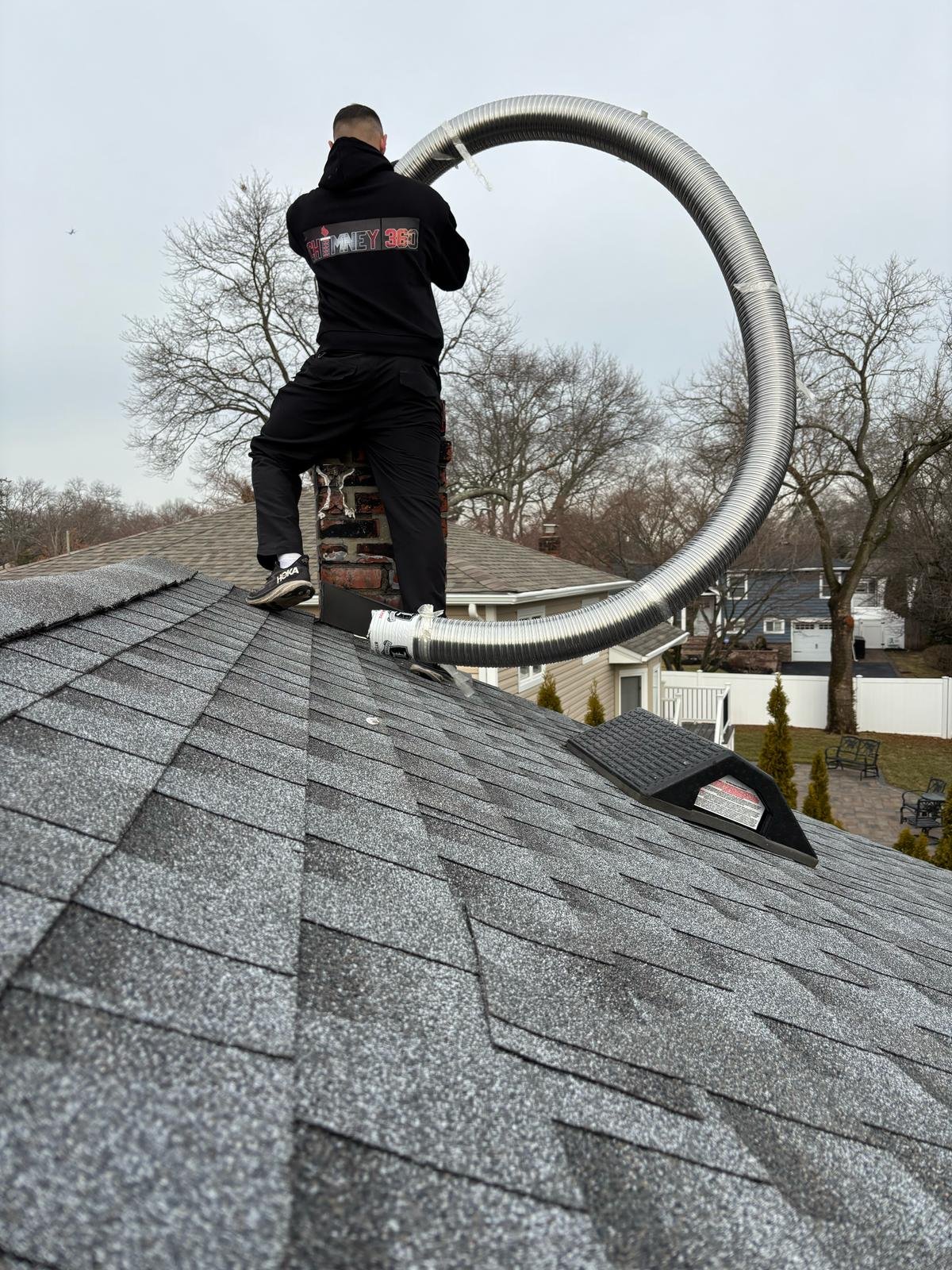-
Table of Contents
- Chimney Flue Installation & Repair for Safe Ventilation
- The Importance of Proper Chimney Flue Installation
- Common Materials Used in Chimney Flue Construction
- Signs Your Chimney Flue Needs Repair
- Case Study: The Importance of Regular Inspections
- Best Practices for Chimney Flue Installation and Repair
- Conclusion
Chimney Flue Installation & Repair for Safe Ventilation
Chimney flues play a crucial role in ensuring the safe and efficient venting of combustion gases from fireplaces, stoves, and heating systems. Proper installation and maintenance of chimney flues are essential for preventing hazardous situations such as carbon monoxide poisoning and chimney fires. This article delves into the importance of chimney flue installation and repair, providing insights into best practices, common issues, and safety measures.
The Importance of Proper Chimney Flue Installation
When it comes to chimney flues, proper installation is paramount. A well-installed flue ensures that harmful gases are expelled safely outside the home, while also allowing for optimal airflow. Here are some key reasons why proper installation is essential:
- Safety: A correctly installed flue minimizes the risk of carbon monoxide buildup, which can be deadly.
- Efficiency: Proper installation enhances the efficiency of heating appliances, reducing energy costs.
- Longevity: Quality installation can extend the lifespan of the chimney system, saving homeowners from costly repairs.
Common Materials Used in Chimney Flue Construction
Chimney flues can be constructed from various materials, each with its own advantages and disadvantages. Understanding these materials can help homeowners make informed decisions during installation or repair:
- Clay Tiles: Traditional and durable, clay tiles are resistant to heat and corrosion but can crack under extreme conditions.
- Metal Flues: Stainless steel or aluminum flues are lightweight and easy to install, making them a popular choice for modern homes.
- Concrete: Concrete flues are robust and can withstand high temperatures, but they are heavier and more challenging to install.
Signs Your Chimney Flue Needs Repair
Regular maintenance is vital for chimney flues, as neglect can lead to serious safety hazards. Homeowners should be vigilant for signs that indicate a need for repair:
- Cracks or Gaps: Visible cracks in the flue can allow harmful gases to escape into the home.
- Creosote Buildup: Excessive creosote can lead to chimney fires; regular inspections can help identify this issue.
- Unpleasant Odors: Foul smells emanating from the chimney may indicate blockages or deterioration.
Case Study: The Importance of Regular Inspections
A case study conducted by the National Fire Protection Association (NFPA) revealed that homes with regular chimney inspections experienced 30% fewer chimney fires compared to those that did not. This statistic underscores the importance of routine maintenance and inspections, which can identify potential issues before they escalate into dangerous situations.
Best Practices for Chimney Flue Installation and Repair
To ensure the safety and efficiency of chimney flues, homeowners should adhere to the following best practices:
- Hire Professionals: Always engage certified professionals for installation and repairs to ensure compliance with local building codes.
- Regular Inspections: Schedule annual inspections to catch issues early and maintain optimal performance.
- Use Quality Materials: Invest in high-quality materials that are appropriate for your specific heating system.











